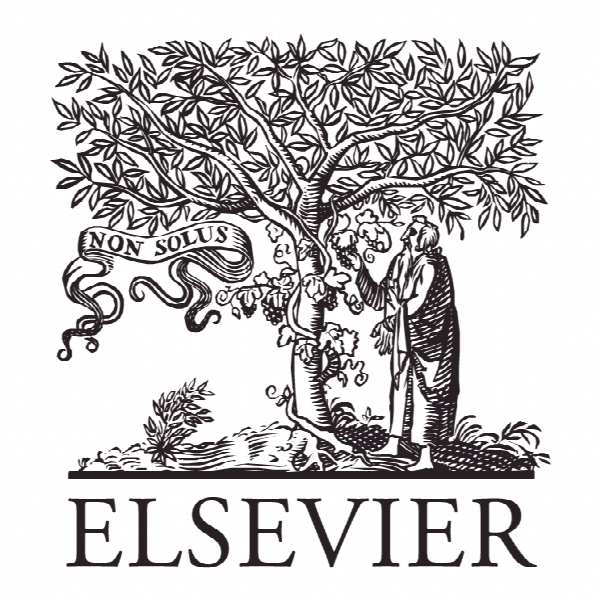توازن تعاملات دانشگاه و صنعت: نقش مرز گستری در انتقال سرمایه فکری Aligning university–industry interactions: The role of boundary spanning in intellectual capital transfer
- نوع فایل : کتاب
- زبان : انگلیسی
- ناشر : Elsevier
- چاپ و سال / کشور: 2018
توضیحات
رشته های مرتبط مدیریت، اقتصاد
گرایش های مرتبط مدیریت عملکرد، مدیریت استراتژیک
مجله پیش بینی فنی و تغییر اجتماعی – Technological Forecasting & Social Change
دانشگاه School of Information Systems
منتشر شده در نشریه الزویر
کلمات کلیدی تعاملات دانشگاهی و صنعت، واحد مرزی در دانشگاه ها، دفاتر انتقال دانش، تراز سازمانی، مطالعه موردی مفید
گرایش های مرتبط مدیریت عملکرد، مدیریت استراتژیک
مجله پیش بینی فنی و تغییر اجتماعی – Technological Forecasting & Social Change
دانشگاه School of Information Systems
منتشر شده در نشریه الزویر
کلمات کلیدی تعاملات دانشگاهی و صنعت، واحد مرزی در دانشگاه ها، دفاتر انتقال دانش، تراز سازمانی، مطالعه موردی مفید
Description
1. Introduction This paper offers a holistic framework for the role of technology/ knowledge transfer in UK universities operating as a ‘boundary unit’. Currently, this interface between academics and external organizations is blurred, but it is indisputable that the performance of these units has a role to play in the overall performance of the university and the external society in which it serves. Such units are well understood in most developed countries, such as the US, where it is clear how and why they contribute to the academic institution. However, while this role has become increasingly more important for universities internationally that share similar ambitions to maximize performance efficiencies, this is particularly more so in the UK where traditional income streams through teaching and governmental research council funding have been squeezed. This begs the general question of how such a role can be best nurtured for enhancing their effectiveness and better defining within UK universities to give them greater prominence. Knowledge transfer in universities has been the subject of considerable recent interest: from support systems (Hewitt-Dundas, 2012) to specific channels for transfer efficiency (Bekkers and Bodas Freitas, 2008), but the common denominator has rested on the role of the transfer unit itself and their critical success factors (e.g. Berbegal-Mirabent et al., 2012). Hence, this paper draws on the development of the transfer unit, to which we assign the literary field of ‘boundary units’. We identify a lack of ownership and direction for claiming identity to such units, and which require more holistic governance; hence, we draw on theories of organizational alignment to assimilate this area to understand better how consistency can be provided in both internal and external interfaces, and present empirical evidence on this in practise.


